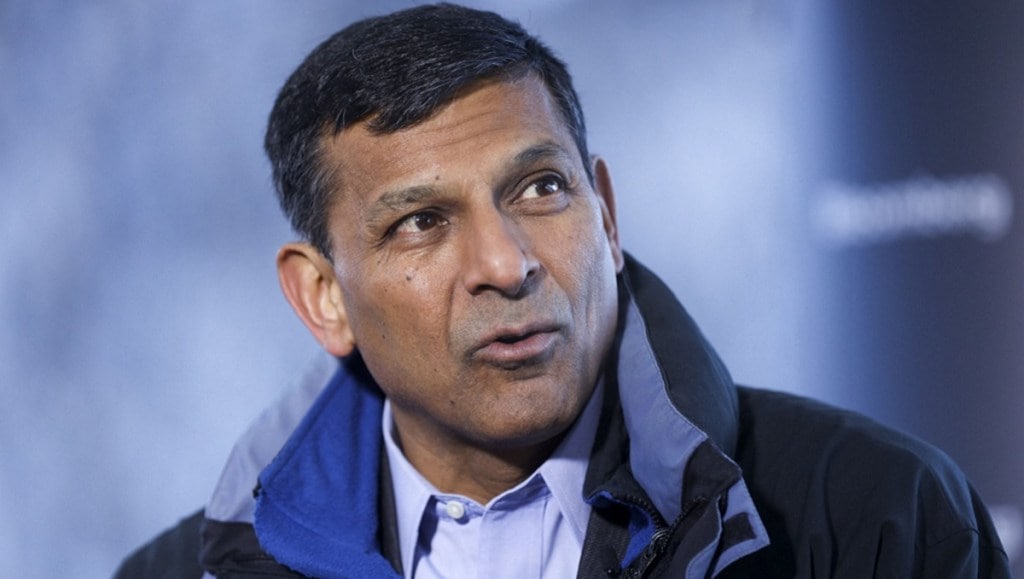Firing a scathing attack on India’s slow growth rate, former Reserve Bank of India Governor Raghuram Rajan said that India is ‘dangerously close’ to the Hindu rate of growth, referring to a prolonged period of slow economic expansion. The culprits, Raghuram Rajan said, are the country’s subdued private sector investment, high interest rates and slowing global growth.
Rajan’s attack on India’s slow growth
India recently released the GDP data for the Oct-Dec 2022 quarter, which slowed to 4.4 per cent from 6.3 per cent in the second quarter (July-September) and 13.2 per cent in the first quarter (April-June). This is close to the estimated 4.5 per cent YoY. “Of course, the optimists will point to the upward revisions in past GDP numbers, but I am worried about the sequential slowdown. With the private sector unwilling to invest, the RBI still hiking rates, and global growth likely to slow later in the year, I am not sure where we find additional growth momentum,” Rajan told PTI.
Earlier, Chief Economic Advisor V Anantha Nageswaran had said that the subdued quarterly growth is because of the upward revision of estimates of national income for the past years. On what will be the possibility of India’s growth in fiscal 2023-24, Rajan said, “I am worried that earlier we would be lucky if we hit 5 per cent growth.”
He added, “My fears were not misplaced. The RBI projects an even lower 4.2 per cent for the last quarter of this fiscal. At this point, the average annual growth of the October-December quarter relative to the similar pre-pandemic quarter 3 years ago is 3.7 per cent.” This, he said, is dangerously close to Hindu rate of growth and that India needs to do better. While he maintained that the government is doing its bit on infrastructure investment, its manufacturing thrust is yet to pay dividends.
Hindu rate of growth is a term coined by economist Raj Krishna in 1978 to describe the slow growth, and it describes low Indian economic growth rates from the 1950s to the 1980s, which averaged around 4 per cent.
Rajan’s second attack
Further, talking about the Adani rout post the Hindenburg allegations on the conglomerate, Rajan said, “I don’t think the issue is of more oversight over private companies.” He said that the issue is of reducing non-transparent links between government and business, and of letting, indeed encouraging, regulators do their job. “Why has SEBI not yet got to the bottom of the ownership of those Mauritius funds which have been holding and trading Adani stock? Does it need help from the investigative agencies?” Rajan questioned.
Is services the only bright spot?
Last week, India released data on its services activity in February and said that the month grew at the fastest pace in 12 years with S&P Services PMI jumping to 59.4 from 57.2 in the previous month, helped by new order inflows and strong sales. Rajan asserted, “The bright spot is services.” He further maintained that most developed economies of the world are largely service economies.
“So let us not deride service jobs – indeed while the fraction of manufacturing jobs has stagnated in India, services have absorbed the exodus from agriculture,” Rajan said, while adding that India will need to work on both manufacturing and services to create the jobs. Asked about the government’s PLI scheme, Rajan told PTI that any scheme in which the government pours money will create jobs and any scheme which elevates tariffs on output while offering bonuses for final units produced in India will create production in India, and exports.
“A sensible evaluation would ask how many jobs are being created and at what price per job. By the government’s own statistics, 15 per cent of the proposed investment has come in but only 3 per cent of the predicted jobs have been created. This does not sound like success, at least not yet,” Rajan said. He also pointed out that even if the PLI scheme fully meets the expectations of the government over the next few years, it will only create 0.6 crore jobs.

